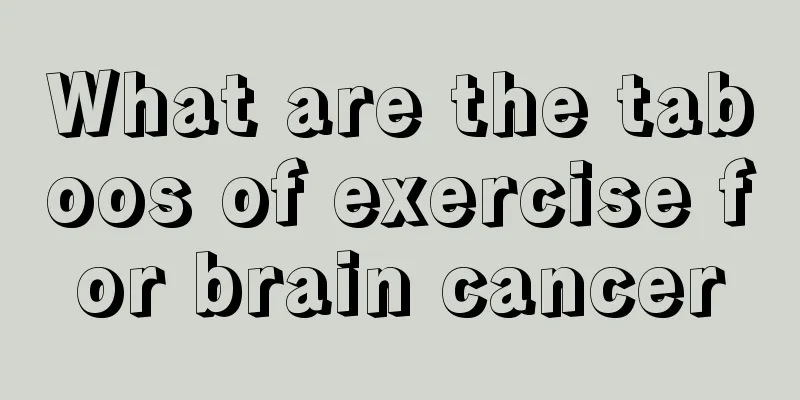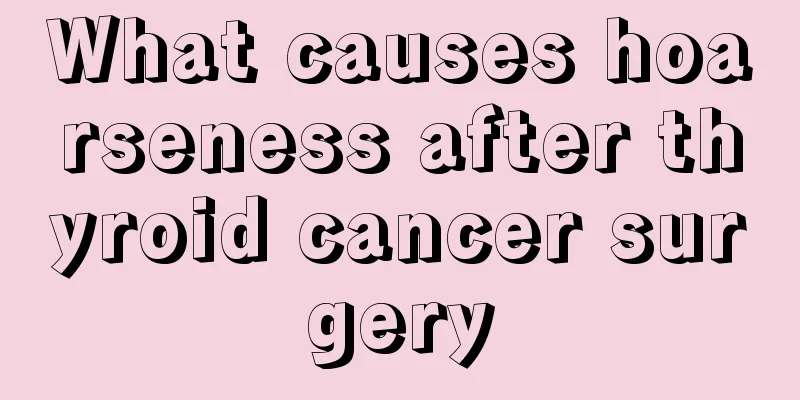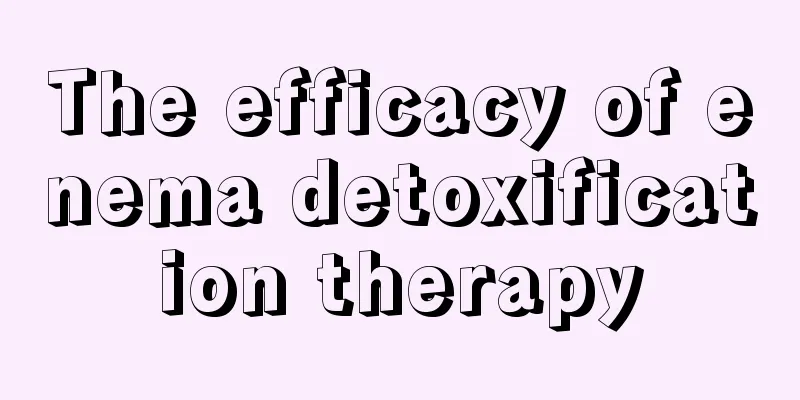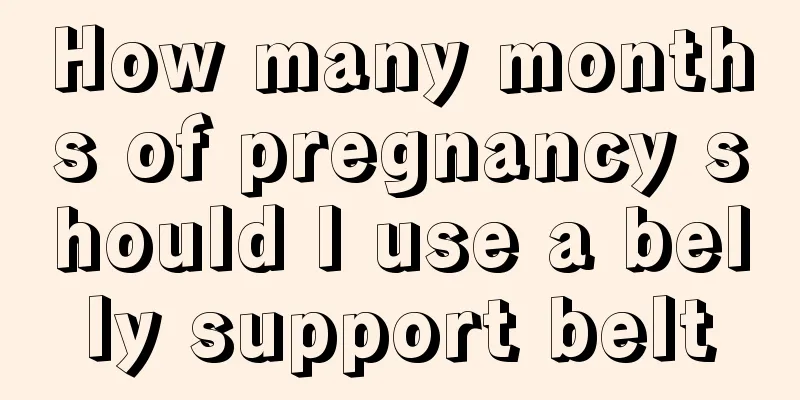Vagus nerve stimulation surgery
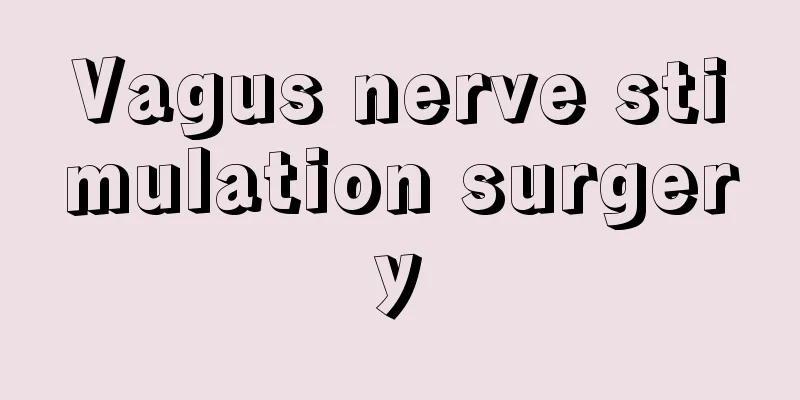
|
Many people are not particularly familiar with the Peripheral Nerve Stimulation Surgery. This surgery mainly changes the electrical potential within the brain, thereby achieving the effect of treating epilepsy. This type of surgery was quite popular for a while, but it also has certain side effects. Therefore, unless the patient's epilepsy is very severe, such surgery should be considered. This can improve the patient's quality of life. Let's take a look. Vagus nerve stimulation surgery Zabarra proposed that he believed that stimulating the vagus nerve might change the electrical potential in the brain, thereby blocking or even preventing epileptic seizures. As to why stimulating the vagus nerve can produce the effect of controlling epileptic seizures, there is no real conclusion yet, but it has been found in animal experiments that stimulating the vagus nerve can indeed effectively control epileptic seizures. This concept was later used by Cyberonics to design a neural stimulation system called NeuroCybernetic Prosthesis System (NCP for short) is actually used clinically in epilepsy patients. The actual process of vagus nerve stimulation is as follows: first, a coil is placed on the vagus nerve in the left neck through surgery, and the stimulation device is buried in the chest. Then, every time the patient visits the doctor, the medical staff uses the instrument to adjust the parameters and mode of the stimulation device. The machine will automatically stimulate the vagus nerve according to the set mode to achieve the purpose of controlling epileptic seizures. If the patient's epileptic seizure has precursors, when the patient feels the precursors at home or other occasions, he or she can use a small structure with a magnet inside and pass it across the chest to produce additional stimulation to interrupt the impending epileptic seizure, shorten the duration of the seizure, or reduce the severity of the seizure. Treatment Outcomes Currently, among patients around the world who have used vagus nerve stimulation to help control epileptic seizures, about 80% of patients can achieve some degree of improvement in their epilepsy, and 40% of patients can reduce their seizures by half. This effect is long-lasting, and the gains in seizure control may increase over time. Additionally, some patients experience improvements in mood, alertness, and memory through stimulation of the vagus nerve in the brain. It can also reduce the dosage of anti-epileptic drugs and the chance of being sent to the hospital due to seizures, thereby improving the quality of life of epilepsy patients. |
<<: Central nervous system repair
Recommend
Bladder cancer treatment options
What are the treatment options for bladder cancer...
5 typical clinical manifestations of pancreatic cancer
Pancreatic cancer is a common malignant tumor, an...
Which hospital in China is the best for treating lung cancer? Four causes of lung cancer that you must know
After suffering from lung cancer, patients and th...
I have had a runny nose with blood streaks for half a year. What medicine should I take?
There are more and more patients with rhinitis in...
Nursing measures for indwelling gastric tube
Patients with indwelling gastric tubes actually h...
What are the causes of tongue ulcers
Tongue ulcers are very common among oral ulcers. ...
Side effects of squid ink
Generally speaking, cuttlefish ink does not bring...
How to treat pancreatic cancer recurrence after 5 years
How to treat 5-year recurrence of pancreatic canc...
What are the treatments for acute viral myocarditis
Acute viral myocarditis is relatively common in c...
What are the ways to prevent testicular cancer
Testicular cancer is a common cancer that occurs ...
Can tongue cancer be cured? It mainly depends on whether it is one of these two situations
Any kind of cancer can be cured, including tongue...
My heart aches after catching a cold
Therefore, colds have a great impact on the human...
Can pregnant women use ginger shampoo?
Using ginger shampoo to wash your hair can effect...
What are the reactions of gastric cancer patients after chemotherapy? Pay attention to these four reactions
At present, the reaction after chemotherapy is th...
What is the difference between fetal movements of male and female babies?
Although gender discrimination no longer exists, ...
